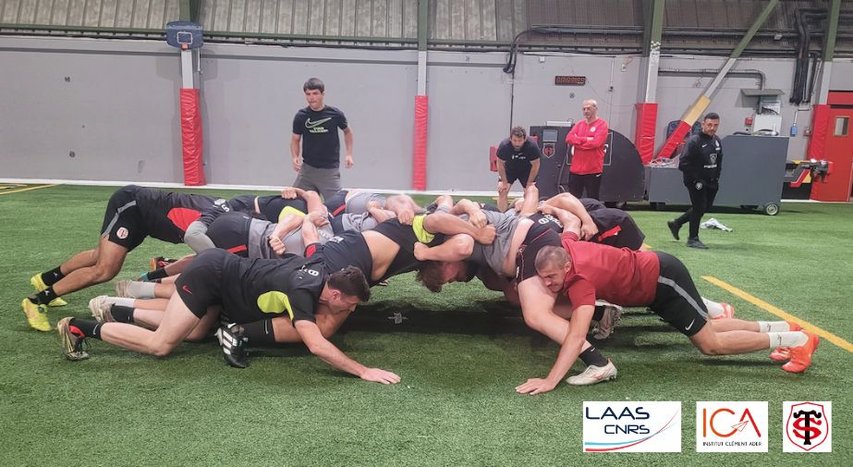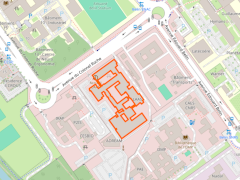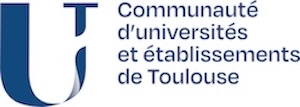LAAS-CNRS, AT THE HEART OF THE STADE TOULOUSAIN SCRUM!
A doctoral student at LAAS-CNRS and ICA, Zoé Pomarat's research is based on instrumentation of the rugby scrum, in partnership with Stade Toulousain.

Qui ne pousse pas n'est pas Toulousain !
In Toulouse, the capital of rugby, the motto is "qui ne saute pas n'est pas Toulousain".
In the laboratory, the Gepetto team, which specializes in research into the movements of anthropomorphic systems, is more interested in the mechanisms of pushing.
At the heart of the Stade Toulousain scrum, freshly crowned champion of France 2025, Zoé Pomarat, a doctoral student in the team's third year of a Cifre thesis (Convention industrielle de formation par la recherche) and also a doctoral student at ICA, is working on the subject of scrum instrumentation in rugby, in partnership with the Stade Toulousain.
Her thesis, supervised by Bruno Watier, is entitled DEMECO (DEveloppement MElée Connectée) and aims to design a connected scrum using a combination of on-board sensors and video analysis.
This instrumentation will make it possible to quantify multiple mechanical parameters (kinematics and mechanical actions) of the scrum under game conditions, in an individualized and synchronized way.
The aim of these tests is to measure the individual three-dimensional thrust forces of each player in the scrum, in order to investigate the contribution of each of the eight players making up a pack to the horizontal thrust force.
For this purpose, instrumented soles, consisting of several hundred force sensors and placed directly in the players' spiked shoes, were used. Unfortunately, current insole technology can only measure vertical forces, so determining horizontal forces remains a complex task, particularly when these are strongly bent in the shoe, as is the case with experienced players.
To correct this measurement and obtain the three-dimensional thrust force, Deep Learning techniques were employed. These involve training an algorithm to estimate three-dimensional pushing forces from the vertical force data of the instrumented soles. In order to collect data for training this algorithm, an experimental session under laboratory conditions was previously carried out at the CAAPS university research platform at CREPS Toulouse.
The 8 players in a pack were equipped with these instrumented soles and performed both pushes against an instrumented training yoke and scrums in a real-life situation, against an opposing pack. A video system completed the set-up to identify the relative positions of the players in a real scrum.
Suspense... Which players exert the greatest pushing forces? Now we're going to use our laboratory-trained algorithm to estimate these individual pushing forces and compare the two scrum situations performed during these tests.
To be continued!
gepetto / Bruno Watier / Zoé Pomarat
published on 02.07.25













